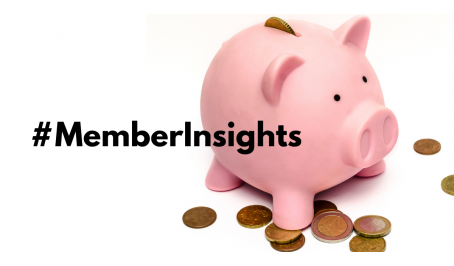- Membership
- The NY Chapter
- Our Career Services
- Committees
- National FACC Network
R & D Tax Incentive – Software Guidance
Member news | September 29, 2020
In this #MemberInsights blog, gain legal perspectives from Bruce Kletsky, Managing Director of the FI-Group, an R & D tax solutions provider to help software developers/SaaS orient their thinking toward how the IRS looks at software/internal-use-software.
If a company has a technology knowledge base which it uses to provide existing services and develop existing products. In many cases this knowledge base is a combination of:
-proprietary software products and services
-proprietary development processes
-skilled and experienced employees
-a network of suppliers who are willing to furnish technical knowhow
-access to the common body of knowledge through developer forums
In-order to remain competitive, the company:
- invests in developing new products, services and processes or improving their products, services, or processes.
- executes customer-based projects which require it to push its know-how to achieve the promised deliverable.
The work done to achieve its goal of being competitive forms the basis of projects that might contain eligible activities.
What was “actually done” to execute these projects is what determines whether the activity is eligible.
For example, when developing a new product feature:
Typically, the company’s knowledge base provides a large part of the solution. However, the development team may not have all the technical knowledge they need to develop this feature and solve the problems that they face along the way.
In R & D terms “they are still missing some knowledge”.
In-order to obtain this “missing knowledge”, the developers need to experiment:
- Develop an idea of how to solve the problem through analysis and design.
- See if idea works through simulation.
- If the idea does not work right away, use the results of the failure to go through another iteration of developing an idea and trying it.
- This process continues and will result in success or failure.
Regardless of the outcome, these are qualifying activities because in the end, the developer has “gained new knowledge`` that they could not practically get otherwise.
It is also important to remember that your development work will qualify, even if a competitor has already developed the feature as “proprietary”.
The first step of the R & D discovery process is to review projects or activities that were carried on during the year in question, and see which ones contained activities where ”missing knowledge” was obtained through development and/or experimentation.
These activities can be ones that were previously categorized by the company as:
- New product development
- New process development
- Existing product improvement
- Existing process improvement
- Customer focused projects or activities where “missing information” was obtained through development and experimentation there was a knowledge gap that was faced (anticipated or not) that resulted in the developers /implementers developers needed to experiment “to gain the missing knowledge” that they needed to solve the problem.
The FI-Group is providing complimentary consultation and qualifying assessments for FACC-NY members, and their clients. Contact Bruce today to get started!


